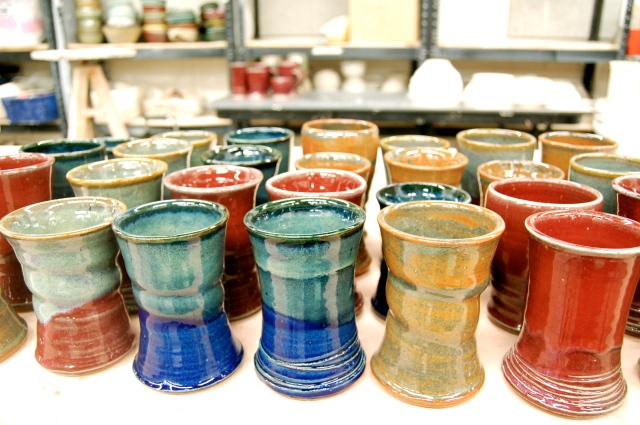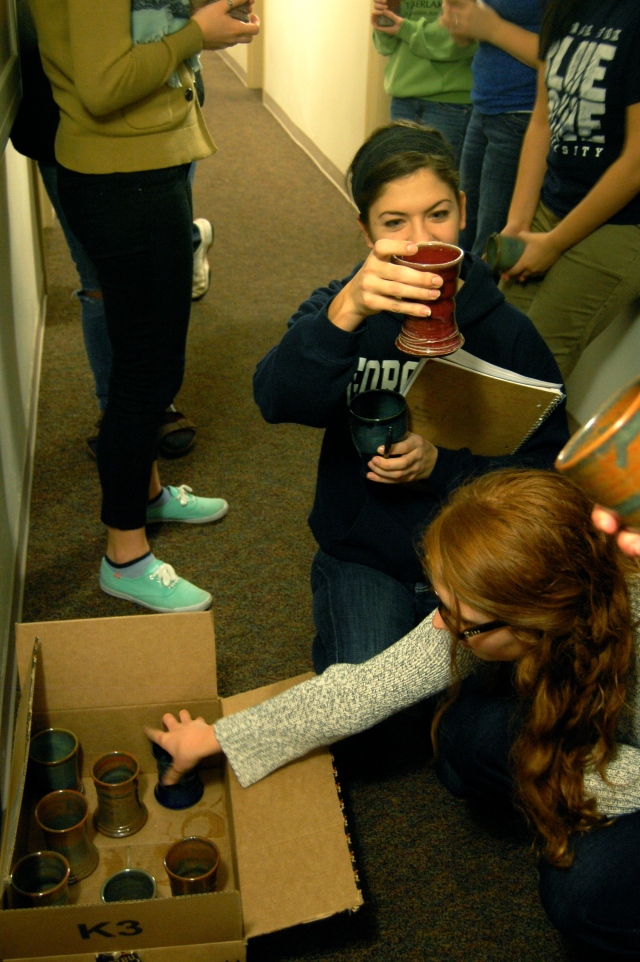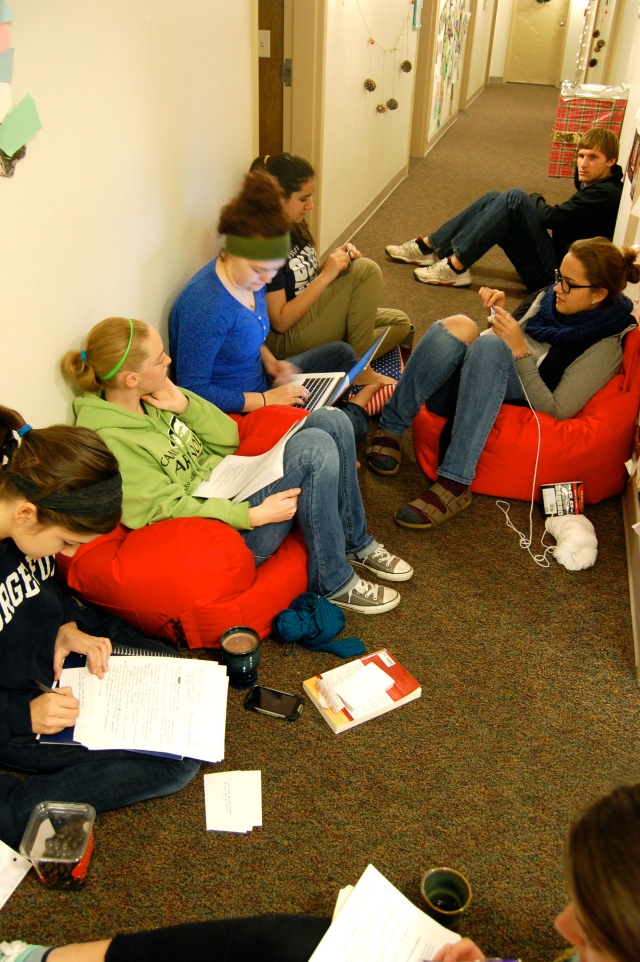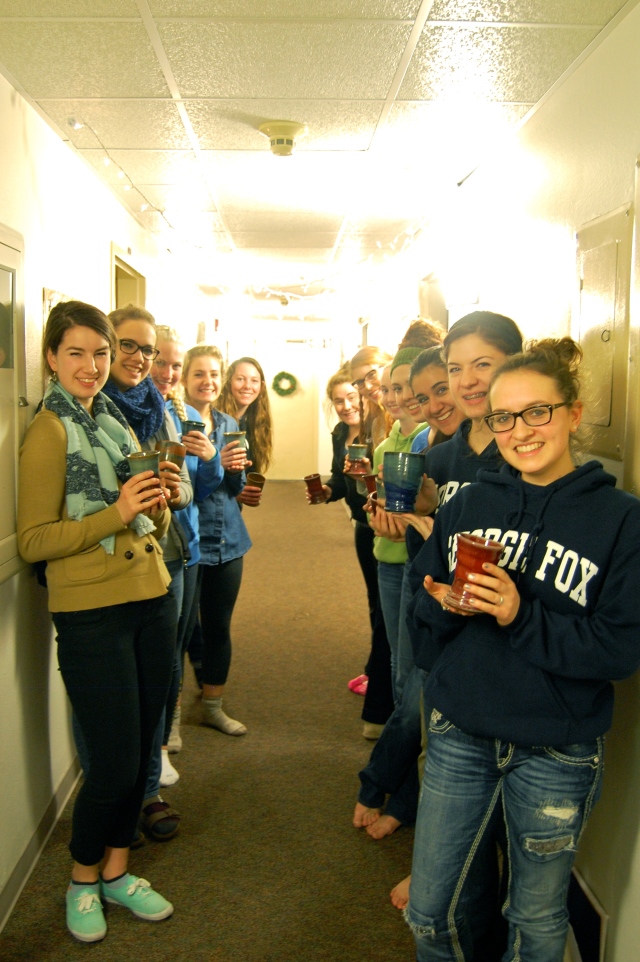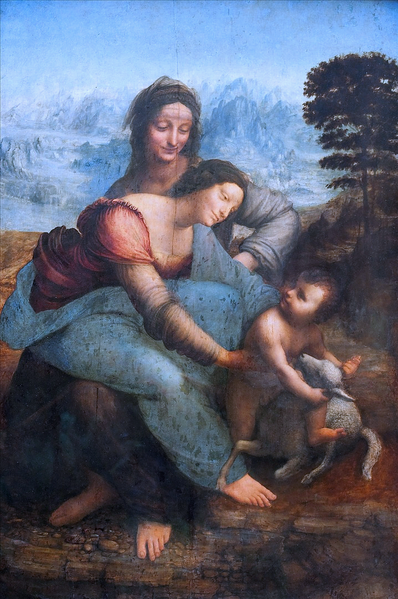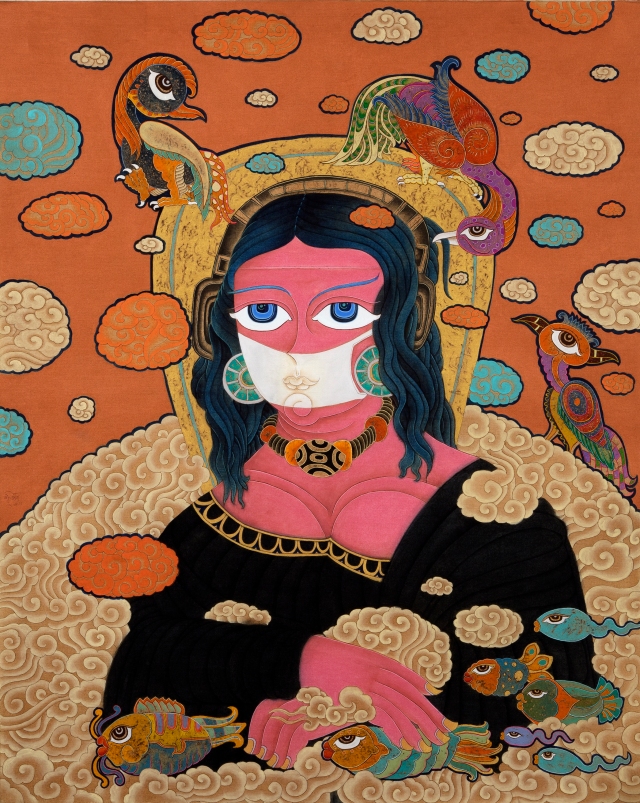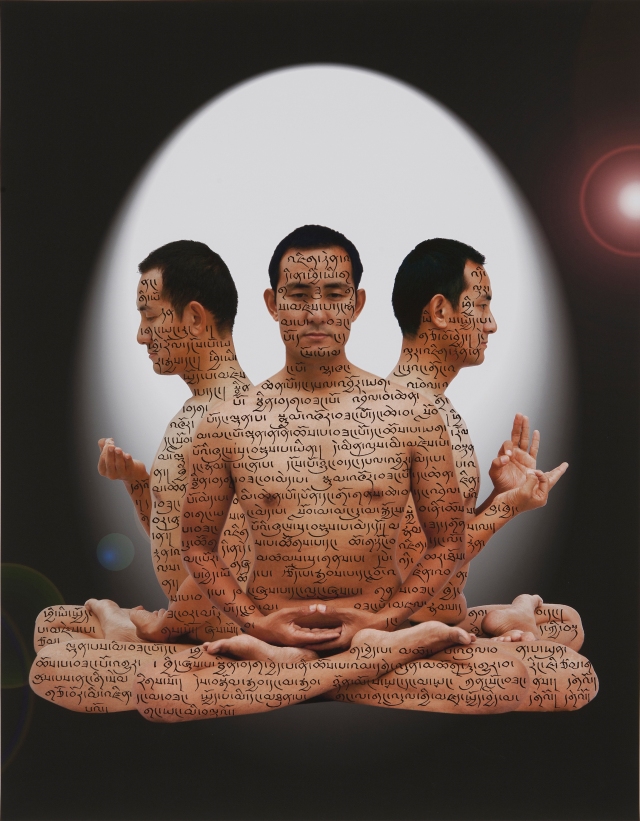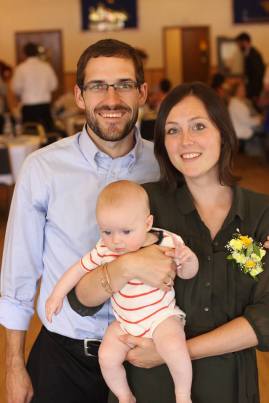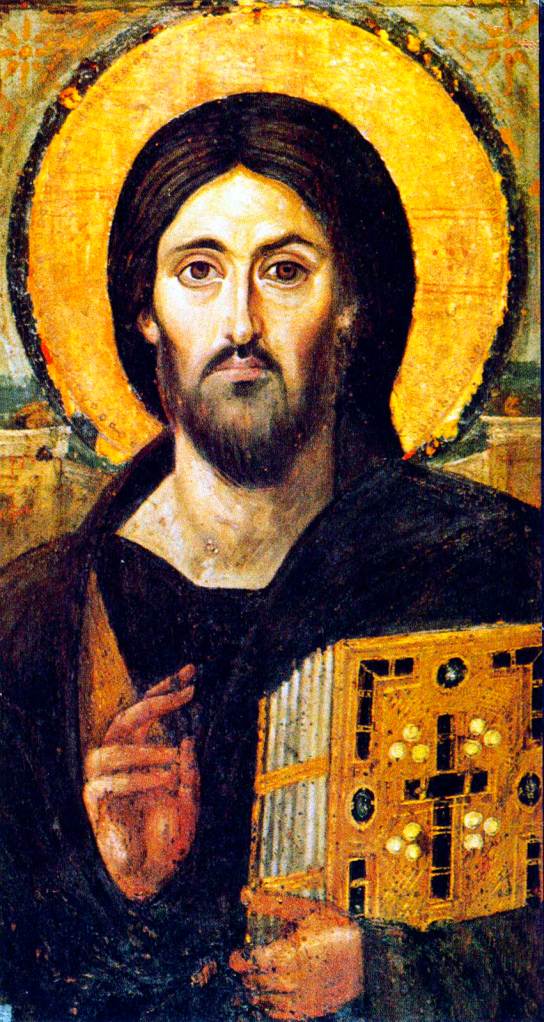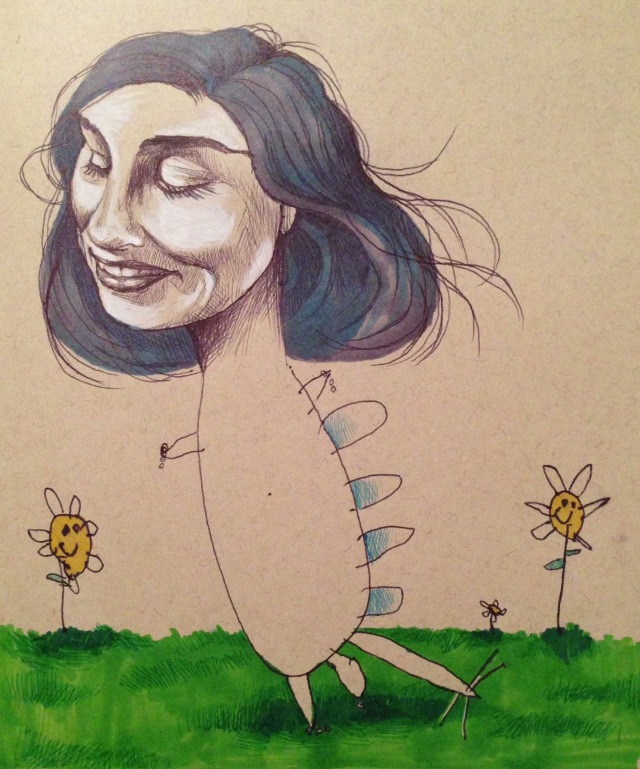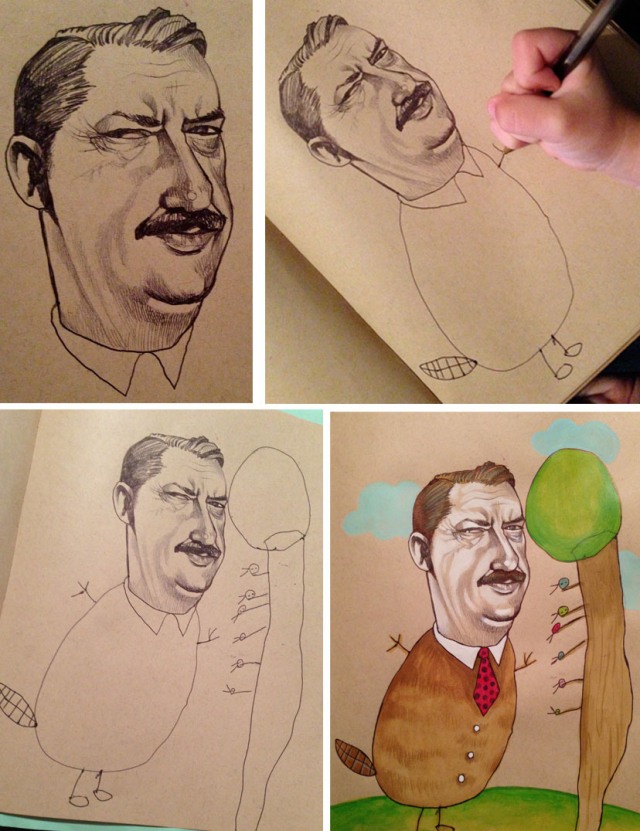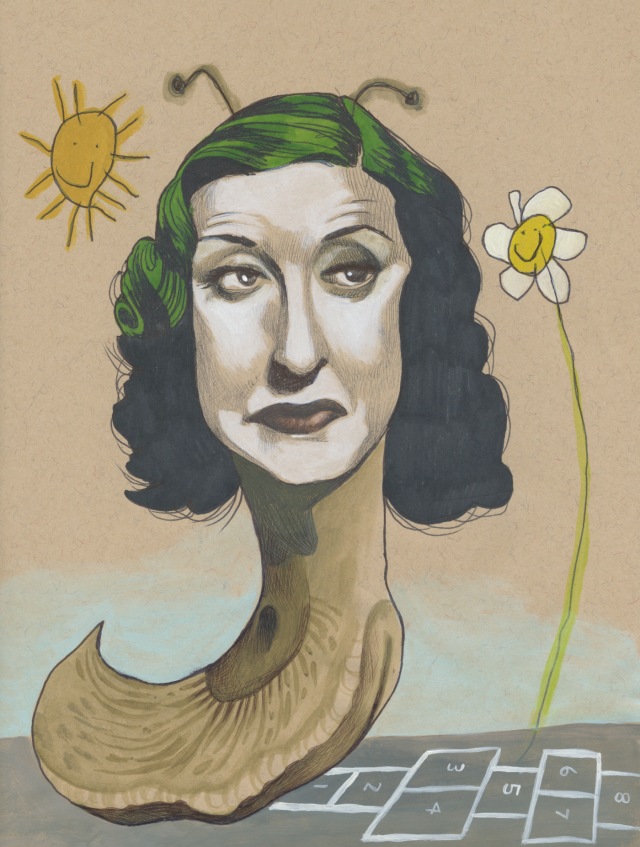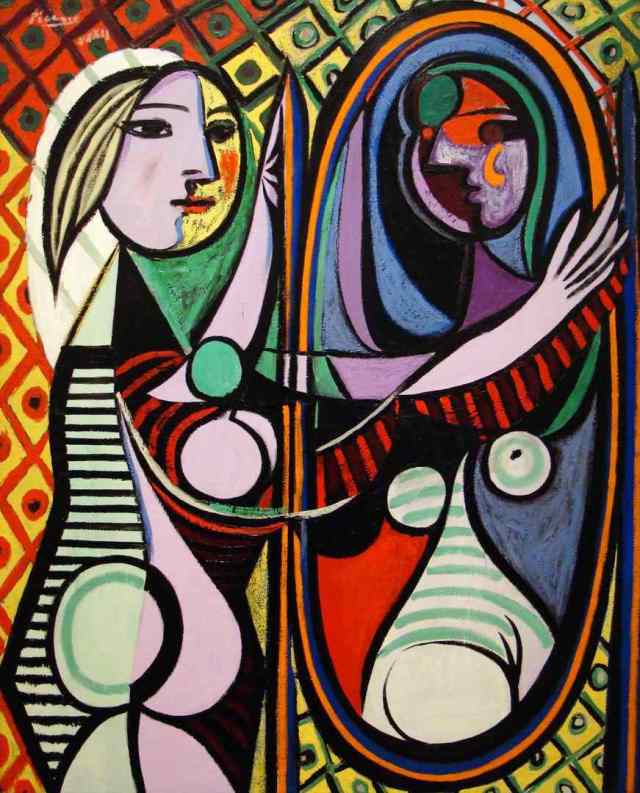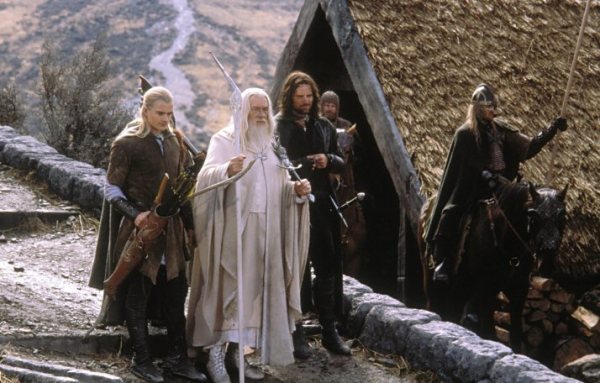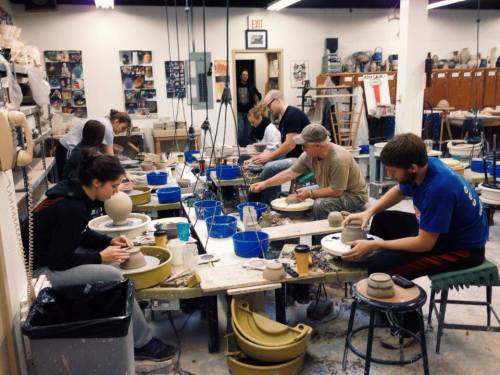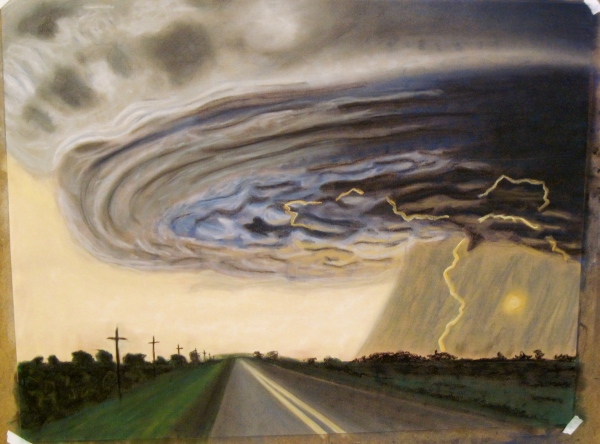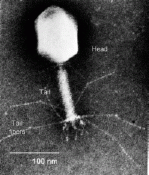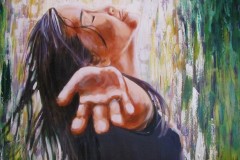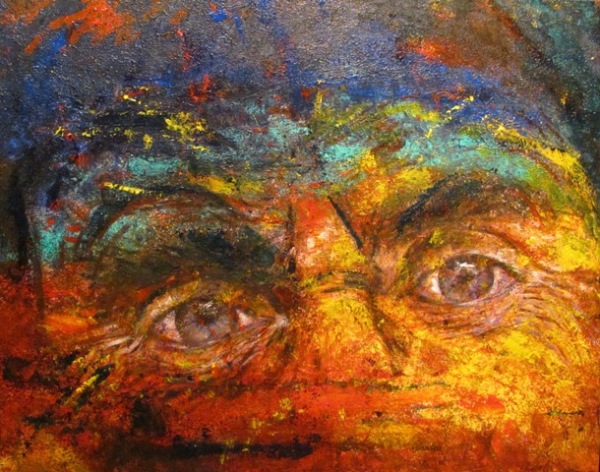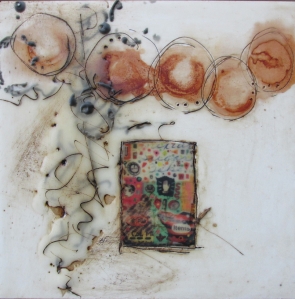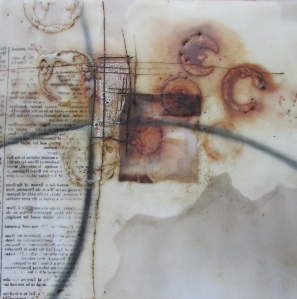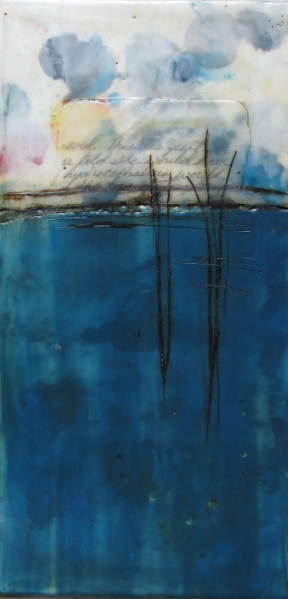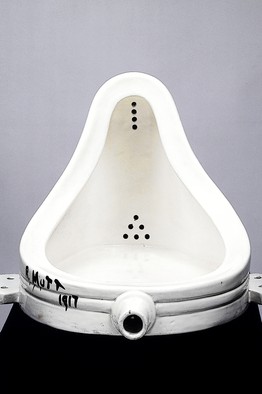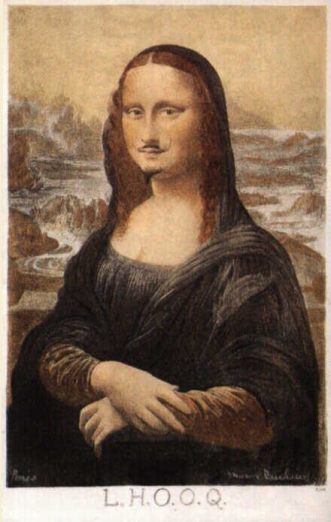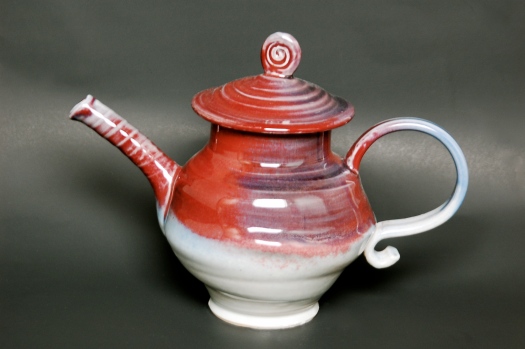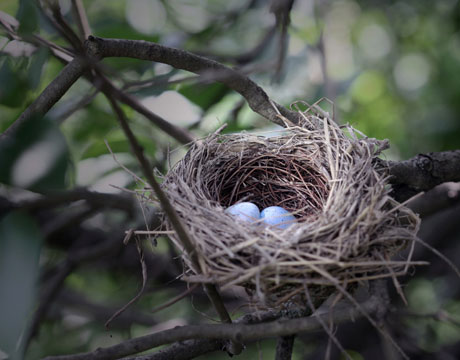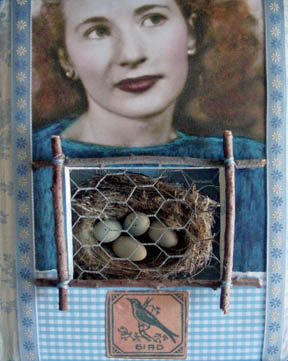Somehow, I am starting the last blog post for my Art & Christ course. Time seems to think it can just get up and leave without anyone else minding. Yet the end of the semester is here (and yes, the end of my undergraduate career!), and for this final post, I will be explaining the project I completed for our last assignment.
I have not written about this at all in my blog, but a week ago I completed my Senior Thesis Exhibit entitled Marrow. (In order to graduate with a B.A. in Studio Art, all seniors have to put on an art show that acts as a sort of culmination of the four years spent at George Fox). The concept behind my show was, to put it concisely, to explore how ceramics can bring people together and foster community. Through my time at George Fox, and in the semester that I studied abroad in Thailand, I have come to discover how extremely important relationship and community are in life. It is in relationships and community that I find God is most present and actively working, and it presents opportunities for us to be like Christ to others.
In keeping with this theme, I decided to explore the community within Fox a bit more by using my ceramics as a means to do so. As a senior, who is living off-campus and married no less, I have not had many opportunities to meet the freshmen living on-campus. Yet I know that they are the future of Fox, and I wanted an opportunity to meet a group of them and learn a bit about them. So for my project, I ended up creating 28 ceramic tumblers (handle-less mugs), bought a box of hot chocolate mix, and brought them all to the dorm I lived in when I was a freshman. In collaborating with the Resident Assistant (RA) of the dorm, we made it a study party event since it is the freshmen’s first Finals Week. It turns out there were exactly 28 girls on the floor, so it worked out that each girl was able to have her own new tumbler! It was so fun to be able to give my ceramics away and watch them choose their own tumbler. I didn’t know the kind of reaction I would get, but they all were very excited and seemed to really appreciate the gesture.
While it was a bit scary going into a dorm where I knew no one, it turned out to be a very enjoyable gathering. Just like old times, the study party was in the hall – girls had their computers and notebooks out, others were crocheting, and some were just there to socialize. My husband, Aaron, was there with me to help transport and deliver the tumblers, and we both were able to meet many of the freshmen on the floor. It turns out that one of them even had done an exchange program in Kansas, and she knew about out tiny hometown! There were a few art majors living there as well, which was a great surprise since I have not had many opportunities to get to know them.
Overall, I thought this project was a wonderful way to integrate my art and faith in ways that was able to bless others and myself. All I did was create tumblers – even though the work was a bit monotonous and tedious at times, the result helped foster relationships that would not have otherwise had the chance to form. Just like we had discussed in class from Rowan Williams’ book Grace & Necessity, in being a servant to the work and letting it become what it needed to become, my art was able to go out into the world and affect others. Something that seems so small on its own had the power to brighten a whole freshman floor’s week, and it affected me in ways that I did not see coming. Visiting the dorm in which my George Fox journey started four days before graduating was a wonderful way to bring my experience full circle. My only wish is that I would have been able to meet the girls from that floor sooner – they were all delightful and I would love to get to know them better. I am grateful, though, to have had the opportunity to share my art with them, and to have put my concept of bringing community and art together once again into practice.
Sources:
Williams, Rowan. Grace and Necessity: Reflections on Art and Love. Harrisburg, PA: Morehouse, 2005. Print.

